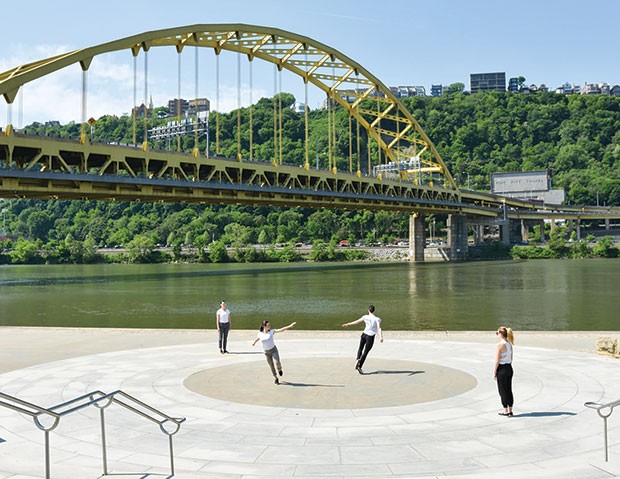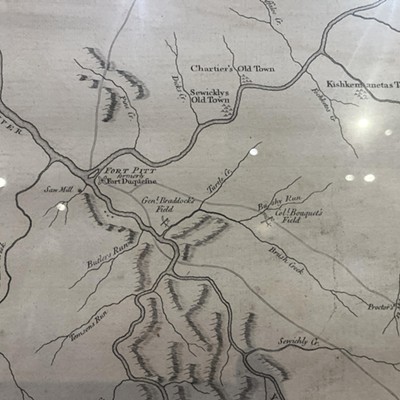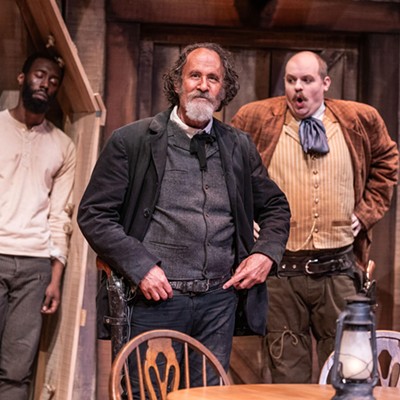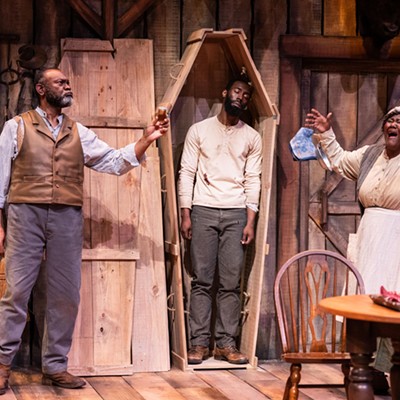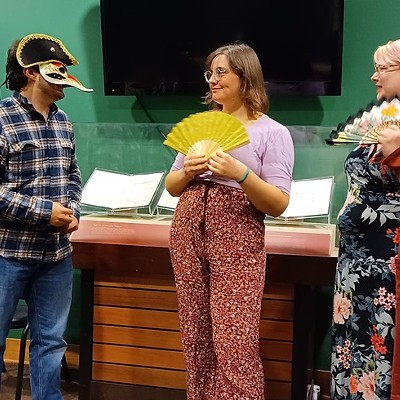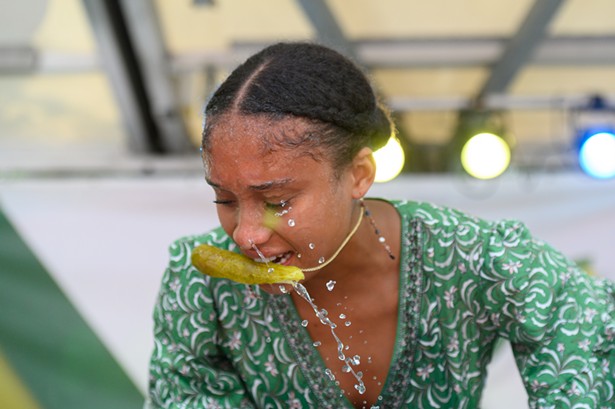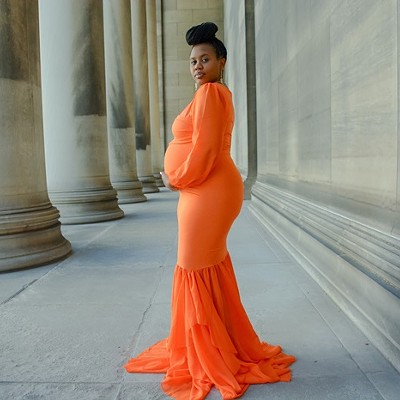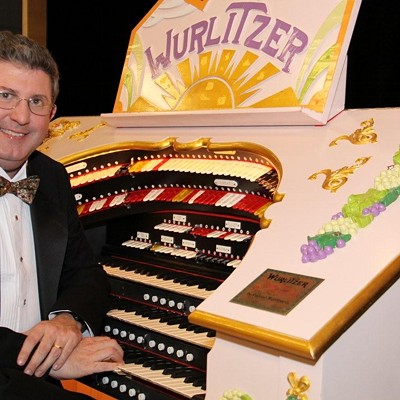A program of a living dance legend’s early works comprises the first major production for Pittsburgh’s newest dance-centric producing organization. The Blanket presents Lucinda Childs: The Early Works July 28-30 outdoors, at Point State Park’s Monongahela Wharf Amphitheater.
The Blanket was founded by Caitlin Scranton, a dancer with New York-based Lucinda Childs Dance Company, and Matt Pardo, who recently left the company to teach at North Carolina’s Elon University. Even though neither of them lives here, Scranton will present work only in Pittsburgh. Both have connections to the city whose arts scene, they say, offers significant opportunities.
“What we noticed is that there is a thriving arts community [in Pittsburgh],” says Scranton. “There are so many incredible dancers … but you are just not necessarily seeing the kinds of dance productions seen in other places.”
Work rarely seen here includes that of postmodern pioneer Childs. In New York, in the early 1960s, she and Judson Dance Theater colleagues, including Steve Paxton, Deborah Hay, Yvonne Rainer and Trisha Brown, created groundbreaking works. Much like 19th-century French impressionists developed a new approach to painting, Childs and company changed the look of dance.
The informal 50-minute Lucinda Childs: The Early Works will feature four of Childs’ works from the late ’70s that are performed in silence. The Blanket’s 11 dancers, including Pardo, Scranton, Lindsay Fisher and Jil Stifel, will utilize Childs’ pedestrian movement vocabulary (walking, skipping, jogging), developed on geometric patterns. “Radial Courses” (1976) is based on circular patterns, “Katema” (1978) on diagonals, and “Interior Drama” (1977) on triangles. In “Reclining Rondo” (1975), a trio of dancers performs while seated or lying on the ground.
“With the river, the Fort Pitt Bridge and the tunnel as a backdrop to the performance space, you will be able to watch these very architectural works in a pretty architectural setting,” says Pardo. (There is no formal seating, so bring a chair or blanket.) Adds Scranton: “As a spectator, you are seeing the space demarcated in a specific way because [Childs] utilized in the works simple repetitious movement, so that the spatial patterns become an integral part of the choreography in a way that in dance that is more physical, you don’t quite see.”

